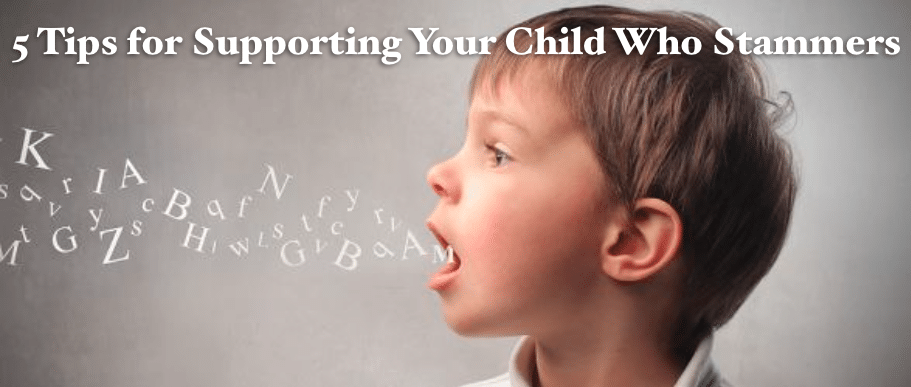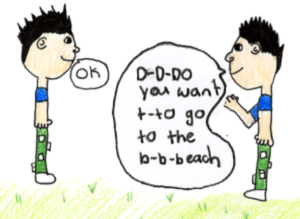This Scribble was scribbled by Amna Arfin-Hyder (Speech and Language Therapist at TCP)
Speech and communication begin with the first cry at birth. They then rapidly develop for the following two years as the child learns to make meaningful sounds and words. Later, between the ages of 2 and 6, he/she may begin to have noticeable difficulties in speaking smoothly and freely, especially when starting to use sentences.
All children repeat words and phrases, hesitate often and have occasional difficulty with the smooth flow of words. However, some have more trouble than others and for longer periods of time. If you have concerns about your child’s speech dysfluencies, it is best to seek advice from a speech and language therapist. Meanwhile, here are 5 helpful strategies that can create a supportive environment for your child who is disfluent/stammering/stuttering.
-
Listen Listen Listen.

-
Show not Tell
Try and provide your child with a good speech model. Speak to your child with a reduced pace and relaxed manner. Pause frequently and wait a few seconds after your child finishes speaking and before you begin to speak. Use simple and short sentences. Speaking to your child in a slower and less rushed way will be far more effective than giving your child verbal instructions to “slow down” or “you’re speaking too fast, try again more slowly”.
-
Turn taking within the family

-
Modify your day-to-day routine
Some families may conduct their lives in a leisurely manner, others may be in a continual rush to make it to football/ballet then piano class on time. While most households have periods when everyone has a lot to do in a limited amount of time (e.g. getting ready for school and work in the morning), for some the pressure may seem continual. Children with disfluency, in such a household, often feel a need to do things, including speaking, at speed. Minor changes in day-to-day activities which allows the child to do things at his/her own pace, can reduce the pressure and provide a supportive environment which in turn can promote fluency.
-
Talk openly about stammering
Try to create an environment where your child feels comfortable in talking about his disfluency. If your child questions you on why he speaks a certain way, reassure him by explaining that all of us get stuck at times – and some of us do it more than others. You can call his attention to disfluencies in your own speech to help him/her understand that all of us have trouble speaking sometimes and is alright for him/her to get stuck. When talking about disfluency, be as descriptive as possible while keeping explanations simple (e.g. you held on to that sound a little too long) and avoid sounding mysterious or emotional.
Source: The Stuttering Foundation
Working with Disfluent children by Trudy Stewart & Jackie Turnbull.




Leave A Comment